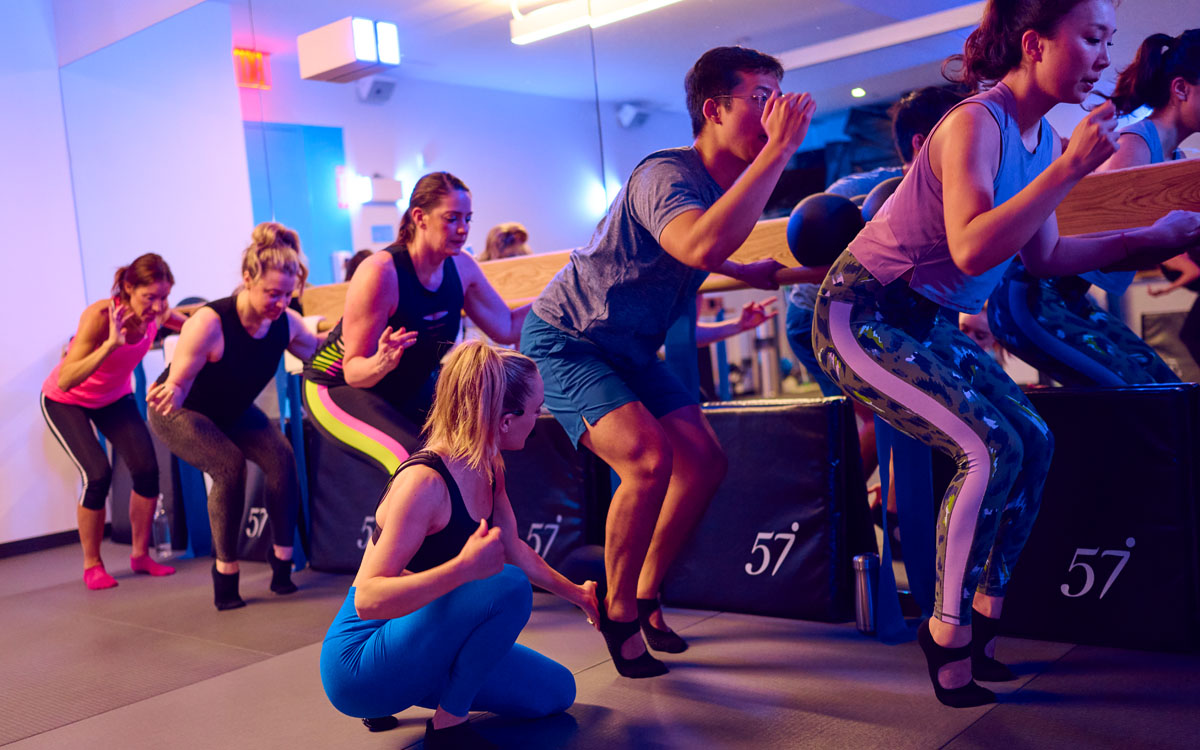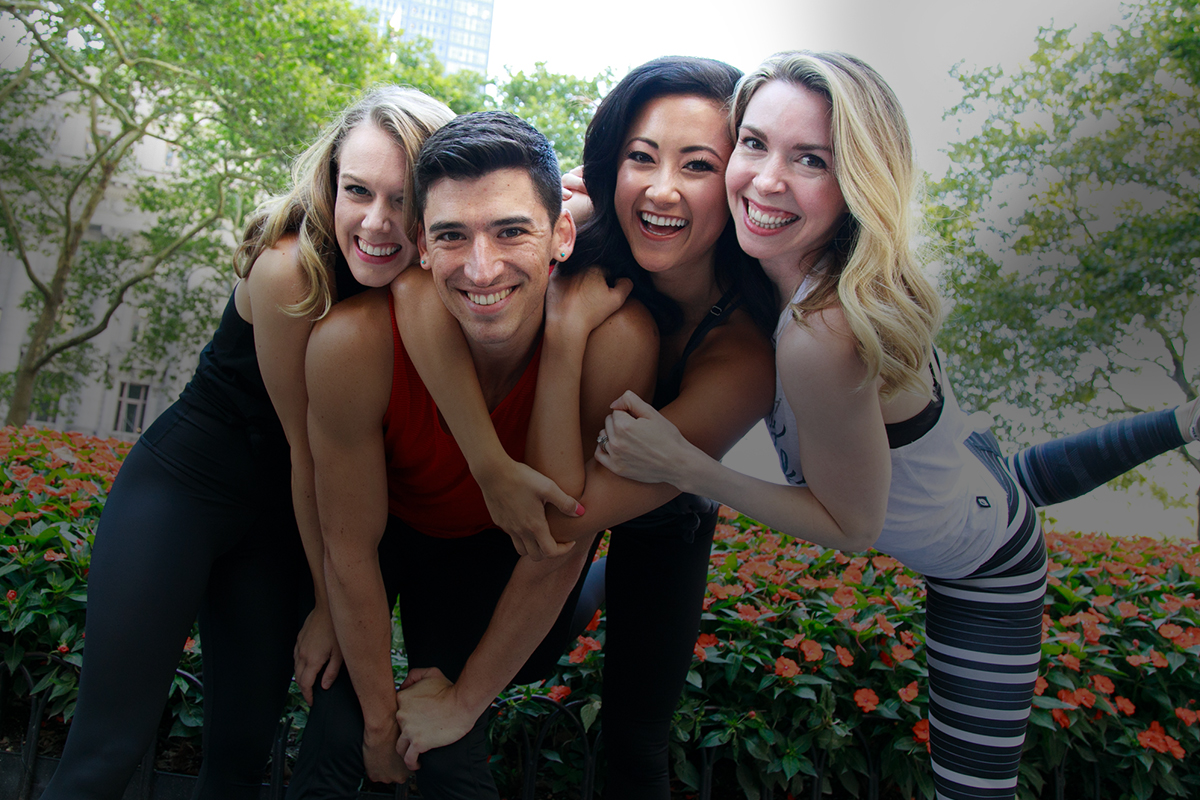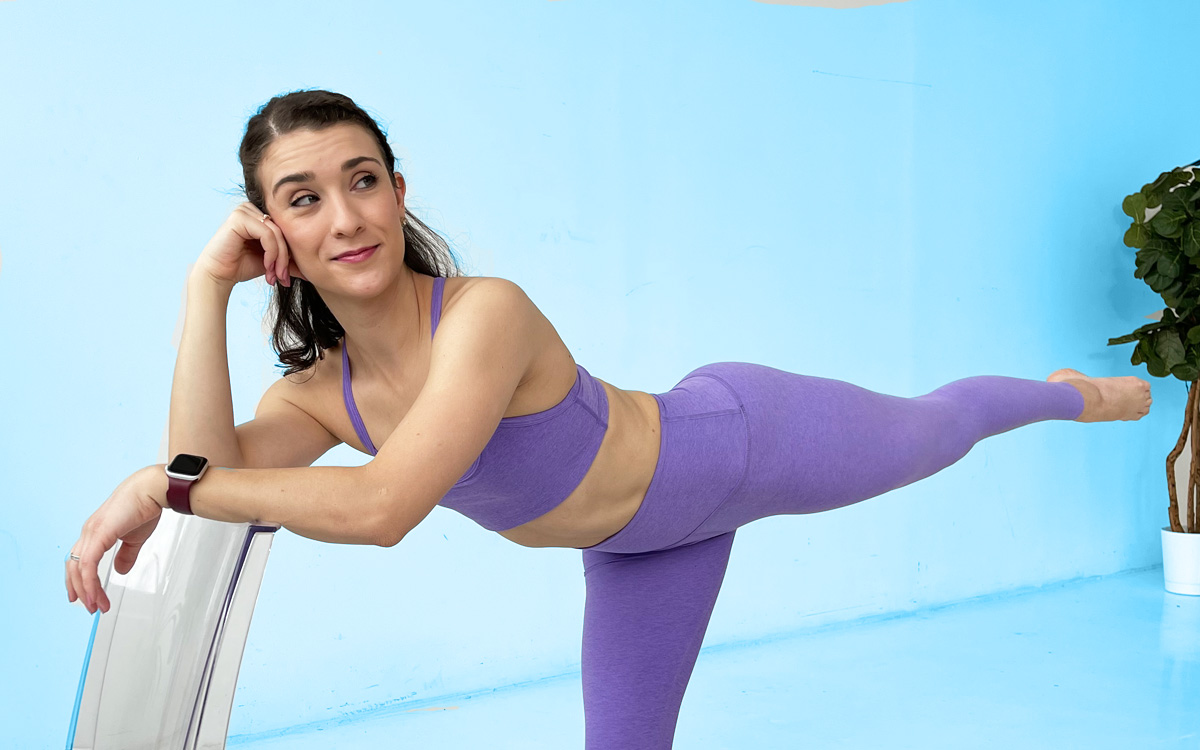Imagine this: you’re in the zone, heart racing, with every rep or pulse feeling stronger than your last. Then, right around the halfway mark, it happens… your legs start to shake. Not just a little wobble but full-on trembling, as if your body is on the verge of collapse.
But instead of panicking, you grin and try to hold. You know it’s that sweet spot where your muscles are pushing past old limits and rewriting what they’re capable of.
If you’ve ever wondered why your body starts to quiver mid-workout, discover the reasons why your legs shake during a workout and how to prevent or manage the famous leg shake that occurs during intense exercise
Why Do My Legs Shake When I Workout?
Legs shaking during workout is a common and a perfectly normal reaction to intense exercise. It may catch you off guard, but it is typically a sign that you’re pushing your body (and muscles) to the limits – and that’s a good thing!
If you’ve ever powered through your reps or pulses only to have your legs suddenly turn to jelly and start wobbling out of nowhere, it’s worth knowing the reasons behind it.
Muscle fatigue
Muscle fatigue is the most common cause of leg shaking. It happens when the muscles reach their usual working capacity after an extended period of intensity. During exercise, the muscles rely on energy stores known as glycogen to power through. But these energy stores can get depleted, and when they run low, your muscles don’t have enough fuel to sustain the workout resulting in trembling legs.
Imbalance between small and large muscles
Larger muscles such as your quads may be responsible for most of the heavylifting, but smaller muscles are stabilizers, working equally as hard to keep you steady. If these smaller muscles – those around your hips, knees, and ankles – aren’t as conditioned, they exhaust and push the larger muscles to compensate resulting in this phenomenon.
Dehydration
Lack of hydration leads to electrolyte imbalance. A steady supply of electrolytes enables your muscles to contract and relax efficiently, however when there’s not enough of them, communication between the nerves and muscles gets disrupted, causing tremors and cramps.
Joint instability
Whether it’s from weakness, poor form, or a lack of mobility, unstable joints can trigger shaking as your muscles scramble to keep the joints aligned. This is common when performing new movements or when challenging your balance.
In the middle of your barre workouts at Physique 57, you might ask yourself, why are my legs shaking?
Deep thigh work in wide second, raised heels or single leg holds may cause your legs to shake during the workout. However, there’s no reason to worry as this is a promising sign of further muscle development.
Isometric holds and micro-movements can cause fatigue for both large and small stabilizer muscles, triggering that signature barre shake. However, it also signifies your muscles pushing to adapt, become stronger, and perform better in future barre workouts.
How to Stop Legs From Shaking During Workout?
You might wonder: why do my legs shake when I workout? If eliminating leg shaking is your aim, here’s the good news: deep muscle fatigue that results in leg shaking can be managed.
Here are ways to reduce or prevent legs shaking without sacrificing your own progress.
Build your strength gradually
Your legs shaking is a sign that your muscles are being pushed beyond their current endurance. It’s not bad to do intense workouts, but increasing your intensity slowly can enable both large muscles and small muscle stabilizers to adapt, reducing deep muscle fatigue.
Focus on your form
The wrong form can cause muscles to overcompensate, making them tire quickly. In barre workouts, make sure your knees track over your toes, your weight is distributed between both feet, and your hips remain square. Proper leg positioning ensures the workload is shared evenly among muscle groups, helping you last longer before the shake sets in.
Take breaks in between workouts
If leg shaking starts to compromise your form, pause for a few seconds before you continue. Breaking up long holds can help maintain quality movement while still challenging the muscles.
Stay hydrated
Dehydration leads to low electrolytes which can further impair nerve-muscle communication. Keep yourself hydrated before, during, and after exercise, especially when you’re doing a strenuous workout.
Breathe
Your instinct might be to hold your breath when your legs start shaking, however, this only increases tension and causes muscle fatigue faster. Instead, inhale deeply through your nose to bring in oxygen, and exhale through your mouth to release the tension.
This deep breathing method facilitates oxygen flow to fuel your muscles, clearing out fatigue. Breathing also gives you the mental focus to push through those final pulses.
While barre workouts are considered low-impact, sustained holds and pulses make your muscles work so hard causing muscle fatigue that manifests as legs shaking. You may not completely eliminate the barre leg shake post-barre classes, but you can manage it better by delaying its onset and maintaining better control.
Challenge accepted? Join Physique 57’s barre classes to experience the sweet spot where strength and endurance can be built.



